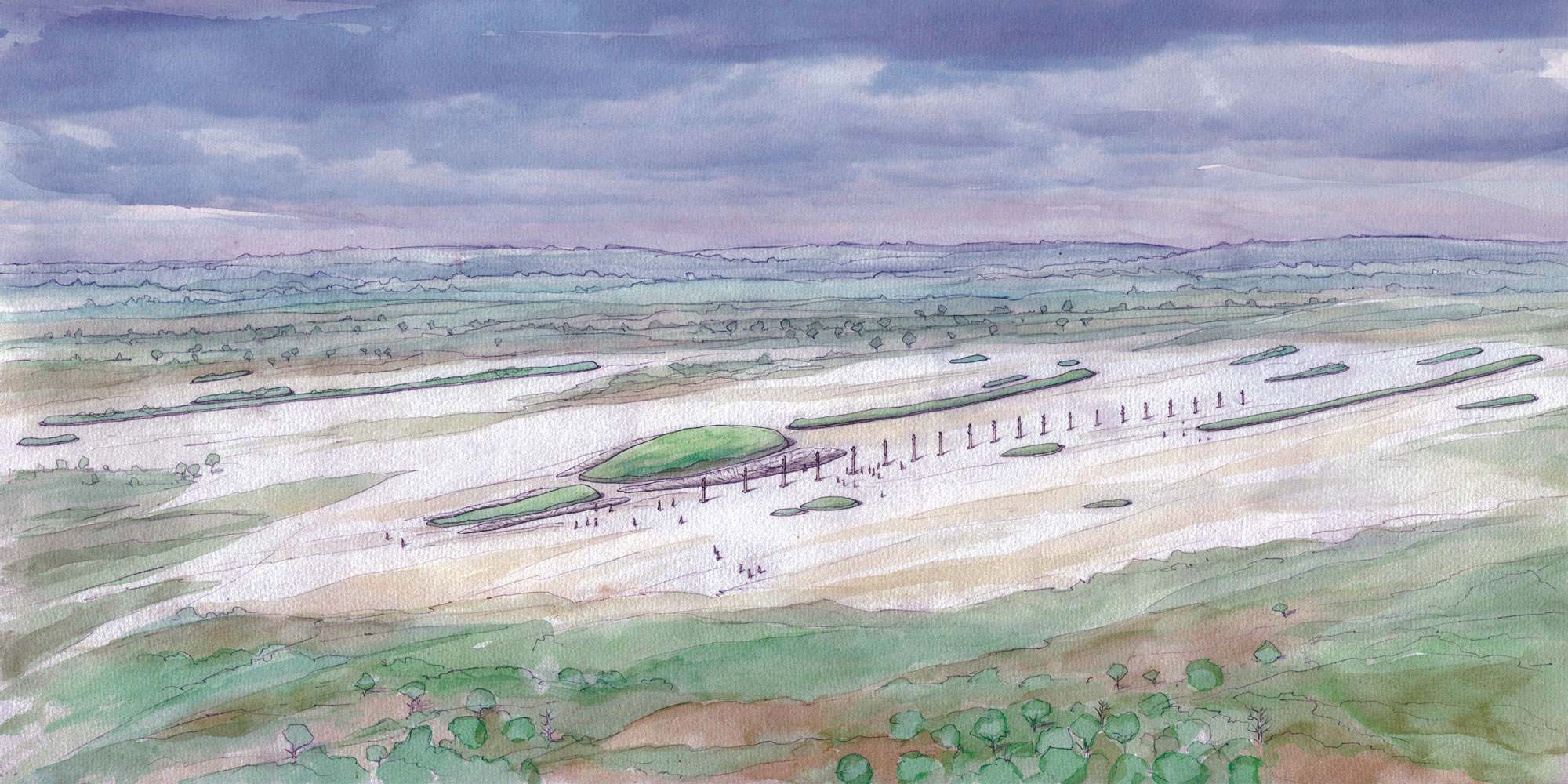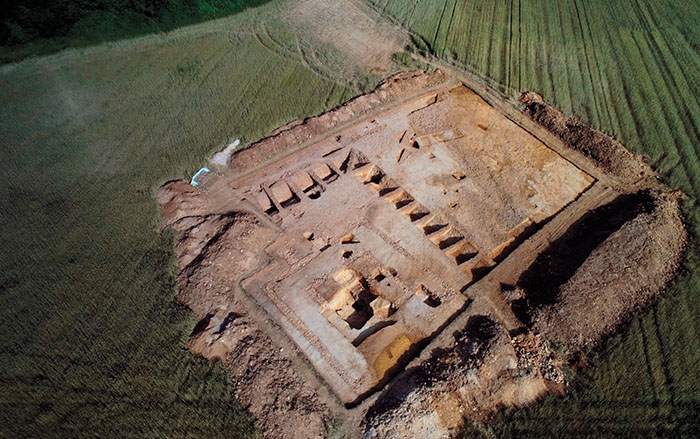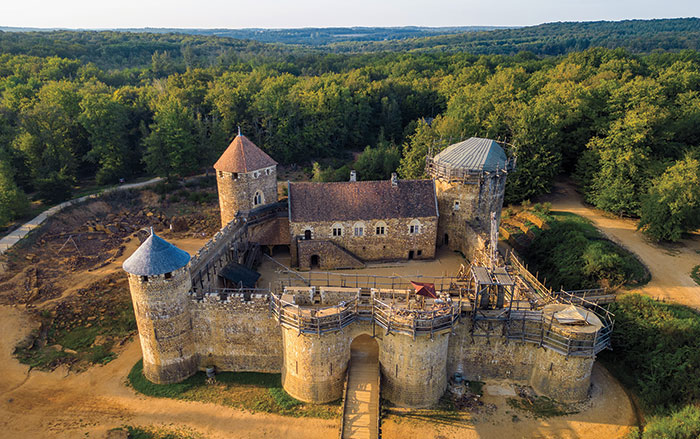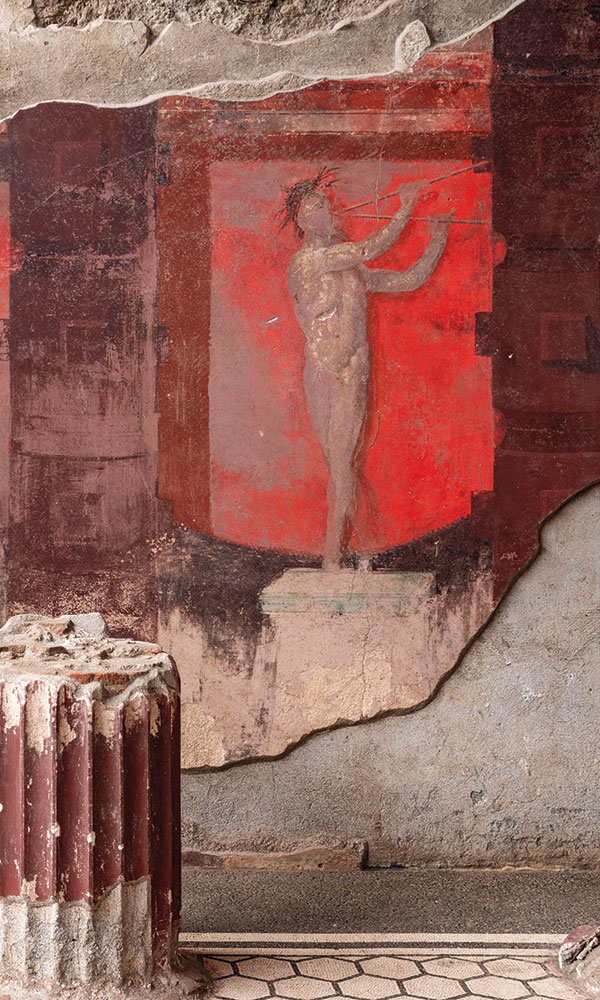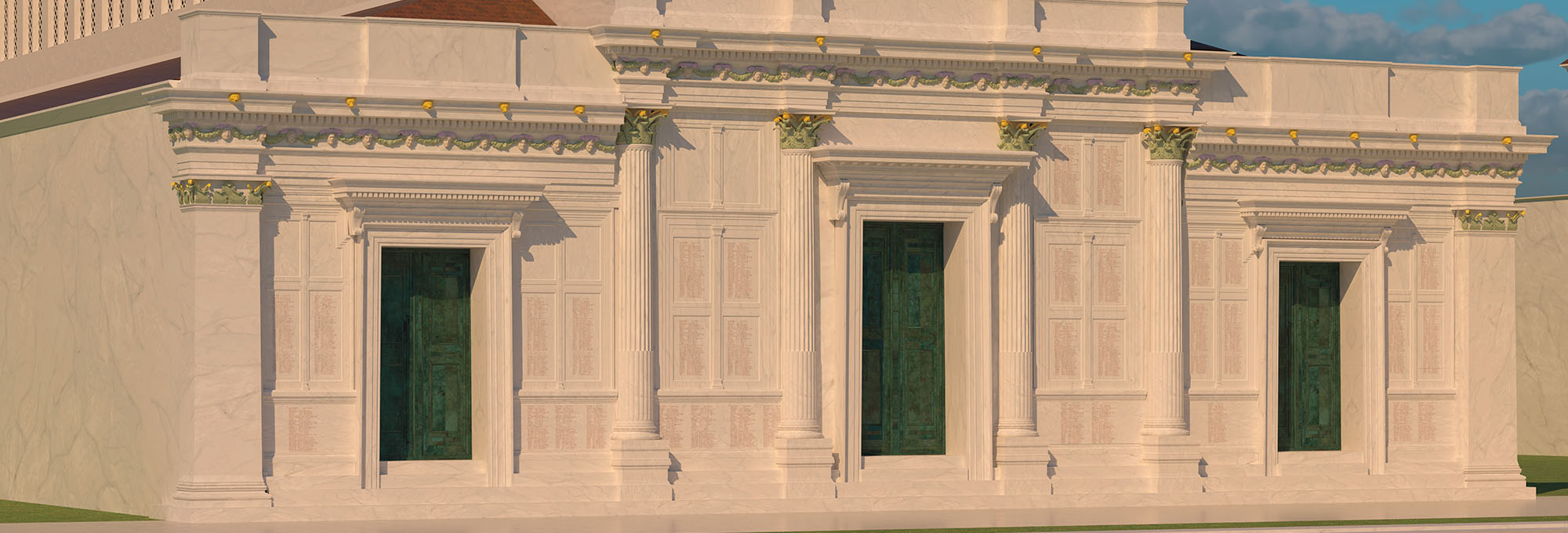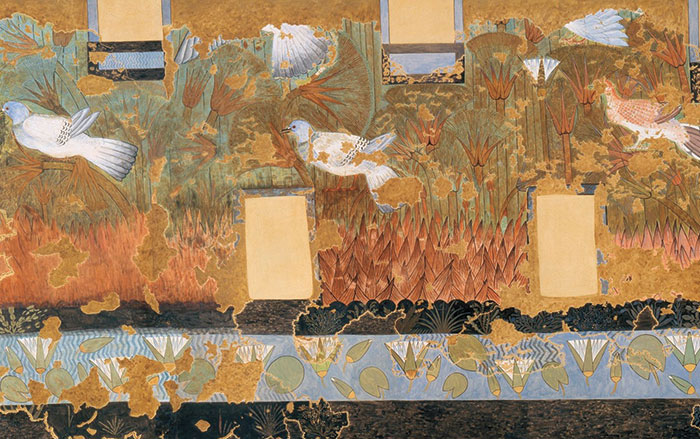On February 6, 2011, thousands of residents of the Boulogne-Billancourt community in west Paris were awoken at dawn and asked to leave their homes for more than four hours while French military explosive experts defused a nearly 1,000-pound bomb found in their neighborhood. Construction workers discovered the unexploded ordnance, an artifact from a WWII operation from nearly 70 years earlier, in January on land owned by the French automaker Renault. After the Germans occupied France in 1940, a Renault factory in the area was used to make more than 35,000 trucks for Axis forces. On March 3, 1942, more than 220 Royal Air Force bombers were sent on a mission to destroy it, dropping roughly 500 tons of explosives on the factory for nearly two hours.
Unexploded WWII ordnance is an occasional nuisance in the region. Last year, 10,000 people were evacuated from Rennes in northwest France when a 550-pound Royal Air Force bomb had to be defused. According to environmental risk evaluators, in the U.K., there may be up to 21,000 unexploded bombs waiting to be found.



